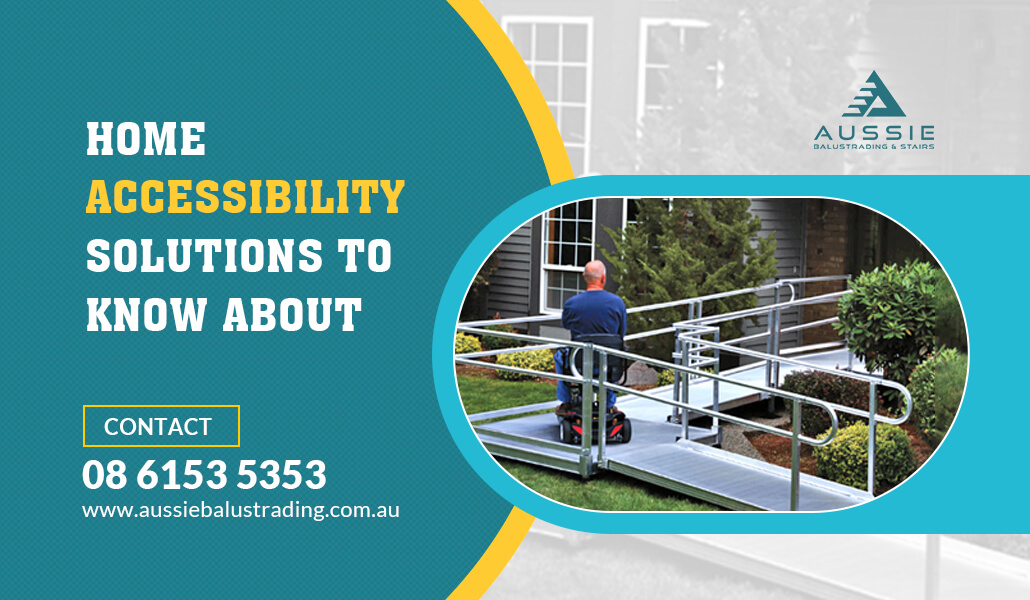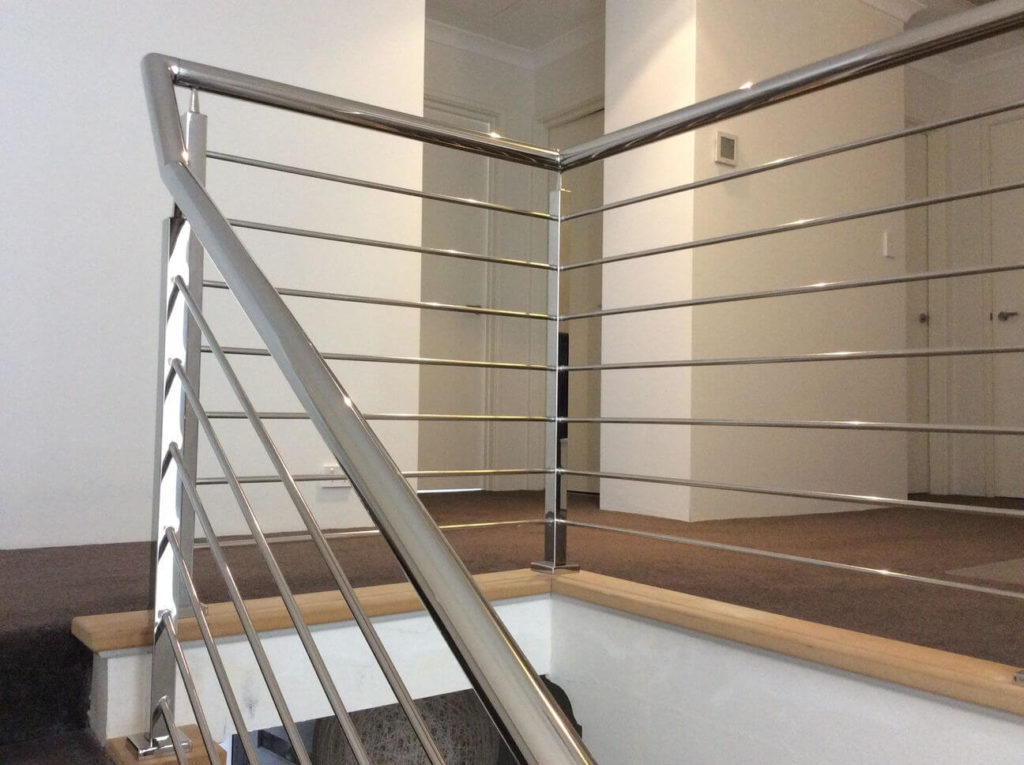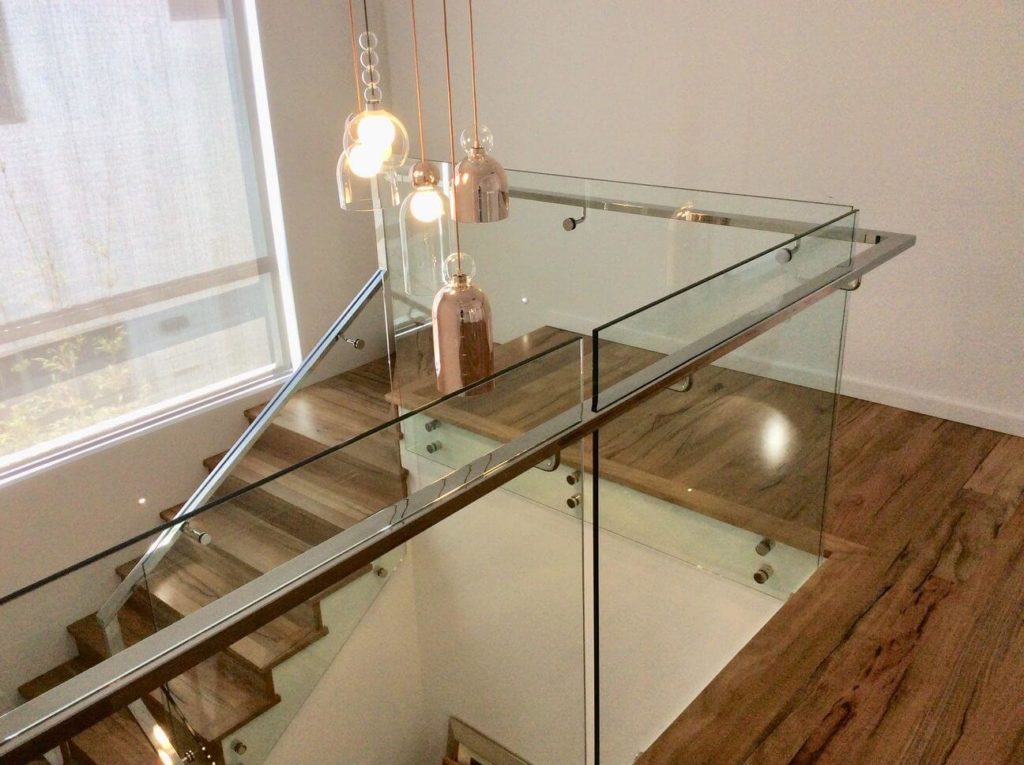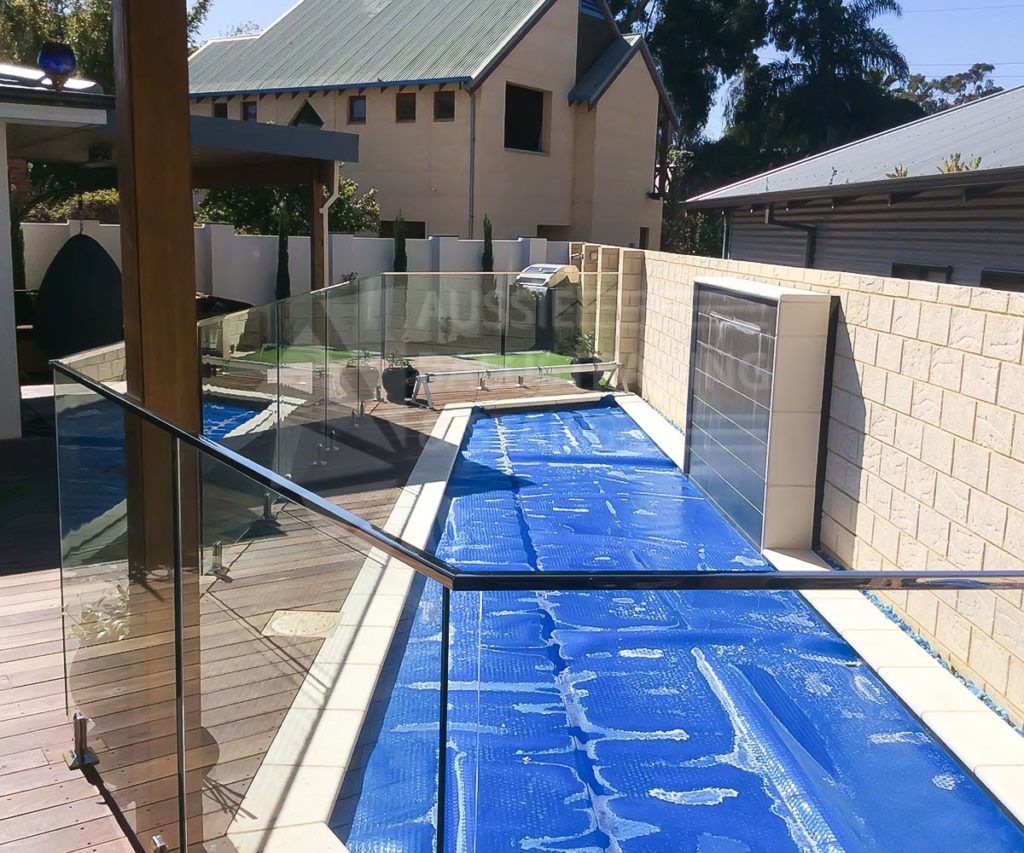As homeowners in today’s generation reach a certain age, different quality of life improvements will become a natural part of the conversation during renovation planning. Instead of building extensive patios or room extensions, home accessibility is now a greater concern. This is why the term “aging in place” has been passed around to homeowners reaching their senior years.
Improving Your Home’s Accessibility
“Aging in place” is the benefit of living in one’s own home in a safe, comfortable, and safe environment. This becomes harder to achieve the more a person’s body becomes restricted to mobility issues. Although this usually pertains to seniors, mobility issues can also exist among younger individuals with physical or psychological ailments. Thankfully, improving your property’s home accessibility gets easier if you know the right places and structures to work on.
In this article, we’ll share different strategies to provide accessibility solutions on three areas of the home.
Yards and Entryways
Starting from the outside of your home, you need to ensure that its residents have easy access to enter it. For this reason, it’s important to look at areas that can cause trips and falls. For yards and exterior entryways, uneven material in paving, pathways, and other similar forms is usually an issue.
Stairs can automatically pose a mobility problem, especially for people with weaker knees or walking disabilities. For this reason, you should consider if your home needs railings or ramps installed. If you want to go the extra mile, you might need to install a wheelchair lift.
Bathrooms
Bathrooms are hazardous areas for people with mobility issues, primarily since plumbing fixtures naturally create wet surfaces. Even a divider between the general vanity area to the shower area can cause deadly trips or falls. This is why it’s necessary to install grab bars leading to the door from the bathing area.
Besides adding handlebars, you should also consider the accessibility of your plumbing fixtures. It’s a good idea to include hand-held showerheads, easy-transfer toilets, and even a seat for easy showering. This is because people in a sitting position are less likely to get thrown off balance.
After noting the effectiveness of your plumbing features, you should look at the overall mobility around your bathroom. Some bathrooms are too narrow to install accessible handlebars, so you may need to consider an extension for larger bathroom spaces. If you’re making an extensive renovation like this, you should also consider different improvements like non-slip surfaces or out-swing doors. Doing so will minimise inefficiencies in architecture that can cause accidents.
Bedrooms
Getting up from bed will start to get harder as your limbs and joints become weaker with age. For this reason, bedrooms need to be fitted with different accessibility options for more effortless mobility. Before installing handlebars, check if it’s easier to rearrange the different parts of your room. You can move bedside tables and other items to make way for more optimised movement.
Besides getting out of bed, you should also consider the accessibility of navigating through your closet. Try to keep everything reachable below your shoulder and above your knee, so you won’t have to tiptoe or bend over to get different articles of clothing.
Conclusion
After noting which areas in your home need more improvements for accessibility, your next step is to coordinate with the right suppliers. Like any renovation project, improving your home’s different features for safety and comfort depends on the quality of materials you buy.
At Aussie Balustrading & Stairs, we provide bespoke solutions to keep your home safe and accessible. Our products come in a range of finishes all made with top-quality materials and measured to fit your preferences. If you’re looking for a company that builds accessibility ramps and safety handrails in Perth, contact us today!




